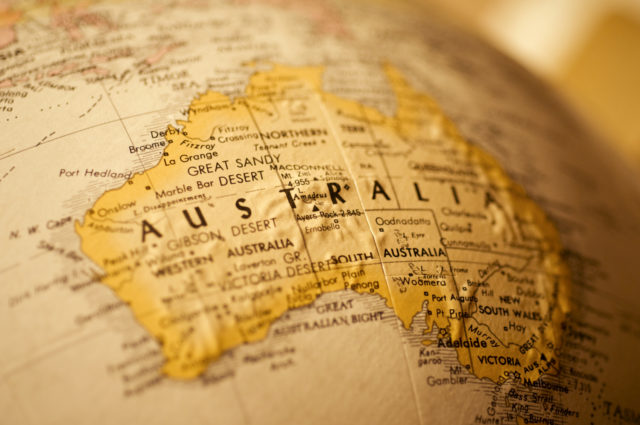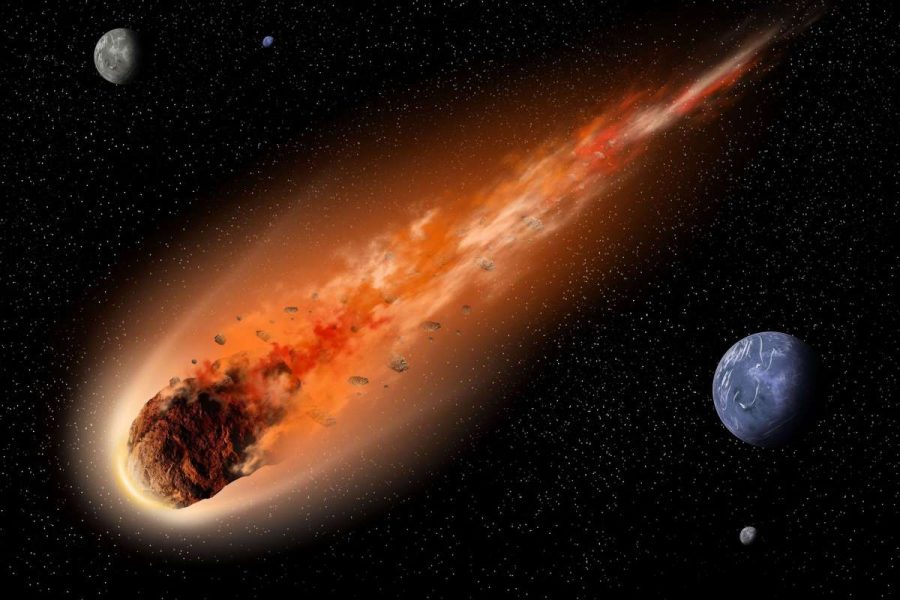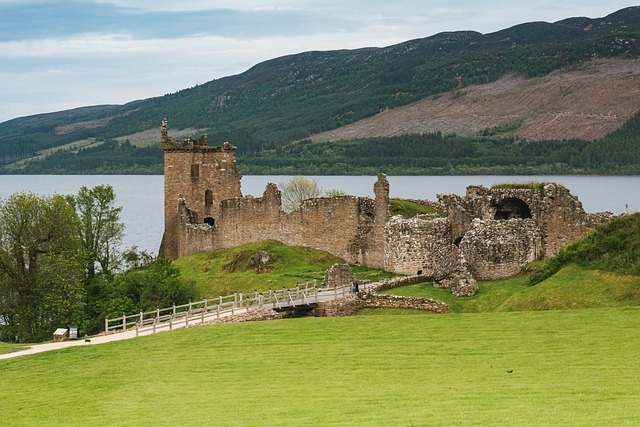It’s hard to imagine that even today there are still places on Earth that remain largely unexplored and uninhabited. These last frontiers of our world are home to a variety of plants and animals that have never been classified, some of the most unique landscapes you can find, and even groups of people who remain isolated or have limited contact with the outside world.
10. Vale Do Javari, Brazil
The Java Valley in the Amazon rainforest is home to several isolated indigenous tribes, some of whom have lived here for tens of thousands of years. It is the largest concentration of uncontacted tribes in the world, and many have managed to maintain their traditional way of life and culture even today. Their first recorded contact with the outside world was in the 19th century, when rubber tappers first arrived in the region, followed by foreign missionaries in the 20th century.
The Javari tribes are considered one of the last remaining uncontacted tribes in the world, although the situation is changing rapidly. While various Brazilian governments have made efforts to protect them in the past, such as increasing patrols and imposing stricter penalties for illegal activity in the valley, their way of life is regularly threatened by poachers, illegal loggers and cocaine smugglers as the Javari Valley falls on one of the main smuggling routes.
9. Cape Melville, Australia
The “Lost World” of Cape Melville is a unique plateau ecosystem in northern Australia that was accidentally discovered by researchers during an expedition to the region back in 2013. It is an isolated plateau on top of Cape Melville, a remote mountain on the Cape York Peninsula. The plateau is known for its distinctive vegetation type that is found nowhere else in the world and is home to many species of flora and fauna that have never been documented.
This includes a type of primitive gecko previously thought to have been extinct for millions of years, a golden-colored lizard, a brown-spotted frog, and many others. Further expeditions in the years since have identified other plant and animal species unique to the plateau, although scientific research remains limited due to the remoteness and inaccessibility of the region.
8. Fiordland National Park, New Zealand
Fiordland National Park in New Zealand's South Island is one of the largest national parks in the world. Covering over 1.2 million hectares, it contains countless fjords, mountains, streams, forests, lakes and valleys, making it an ideal destination for explorers and adventurers. Many areas of the park are home to a wealth of endemic plant and animal species, as well as untouched, pristine landscapes unique to the region.
Fiordland has a long and rich history, with evidence of human habitation dating back to at least the 13th century BC. For much of this time, much of the park remained inaccessible due to rugged terrain and harsh weather conditions. Even today, Fiordland remains largely unexplored, with much of the region still waiting to be discovered and explored by professional teams.
7. Mariana Trench, Pacific Ocean
The Mariana Trench in the western Pacific Ocean is the deepest part of the Earth's oceans, reaching depths of about 36,201 feet, or about seven miles, at its deepest point. As you might expect, much of the underwater region remains unexplored, largely due to its immense depth, pressure, and freezing temperatures, which make it nearly impossible for scientists to reach.
Geologically, the Mariana Trench is part of a global network of underwater trenches formed by the collision of two tectonic plates. At the deepest points, pressures can reach more than eight tons per square inch, about a thousand times greater than the pressure at the surface. While the ocean is largely unexplored, the Mariana Trench is particularly difficult to explore using traditional methods because of its enormous depth. To date, only three people have managed to reach it with specialized equipment.
6. Papua New Guinea
Papua New Guinea is an island nation in the southwest Pacific Ocean. Despite being the third largest island nation in the world, it remains one of the most unexplored and mysterious countries on the planet, largely due to its remote location, rugged terrain, and limited infrastructure. Only a small percentage of Papua New Guinea's land has been explored by outsiders, with the exception of a vast expanse of uncharted territory that is home to a variety of diverse and unique ecosystems.
The country's dense rainforests, high mountains, and volcanic islands make it an attractive destination for explorers and scientists. The terrain is often steep and rugged, and many areas are inaccessible by road and require air or water transport. Papua New Guinea is also known for its biodiversity and its large number of endemic species, although they have yet to be documented and classified.
5. Patagonia, Chile
Patagonia is the southernmost part of South America, including much of southern Chile and Argentina. It is one of the most sparsely populated and remote regions on Earth, with a population density of about 1.5 people per square kilometer. Patagonia is known for the diversity of its landscapes, as it has everything from glacial fjords, steppes, deserts, and tropical forests.
Due to its remoteness, Patagonia remains largely uninhabited and unexplored. The area is known for its extreme weather, particularly in the fjord area, with severe storms and other unpredictable weather patterns making larger scientific expeditions impossible. Infrastructure is another challenge, as many remote parts of the region are not accessible by road. As a result, Patagonia has some of the most pristine landscapes and ecosystems in the world.
4. Yucatan Peninsula, Mexico

Yucatan is a peninsula in southeastern Mexico, bordered by the Gulf of Mexico to the west and the Caribbean Sea to the east. It is home to one of the largest underwater cave systems in the world, and the vast majority of these caves have yet to be fully explored. They are only accessible through natural sinkholes that lead to an underground network of rivers and lakes, also known as cenotes.
Despite the ever-growing interest in cave diving and exploration, there are still thousands of unexplored caves and cenotes in the Yucatan Peninsula, as many are inaccessible and incredibly dangerous to navigate. In addition to cenotes, there are also many flooded underwater cave systems that would take hundreds of years to discover, let alone fully map. Sistema Sac Actun, for example, is the largest underwater cave system in the world, with a total length of over 347 kilometers.
3. Tepui Mountains, South America
Tepuis are tabletop mountains that reach heights of over 10,000 feet, making them prime sites for scientific research due to their isolated and pristine ecosystems. They are located in the Guiana Shield, a region of South America that covers parts of Venezuela, Brazil, and Guyana. These mountains are characterized by steep cliffs, unique flora and fauna, and extreme ecosystem isolation, which has led to the evolution of numerous endemic species.
Due to their remoteness, the tepuis remain largely unexplored. Many of these steep-sided mountains are located in remote, hard-to-reach areas, and the terrain makes professional exploration dangerous and expensive. Additionally, limited funding and resources available for scientific expeditions mean that few researchers have been able to study this ecosystem.
2. Son Dong Cave, Vietnam
Son Doong Cave in Quang Binh Province in central Vietnam is the largest known cave in the world. First discovered in 1990 by a local named Ho Khanh, it was only fully explored by a team from the British Vietnam Speleological Expedition in 2009. Son Doong Cave is part of a larger, unmapped cave network in the area, and many believe it is just one part of a much larger cave system that has yet to be discovered. By one estimate, around 70% of the region's caves remain unexplored due to inaccessibility.
Son Doong is about 5.5 miles long, over 650 feet high, and nearly 500 feet wide in some places. It was formed over millions of years by the erosion of limestone, giving way to numerous caves and underwater systems that no one has ever seen. It also contains its own unique ecosystem, with underground rivers, waterfalls, and even a jungle within the cave network. Although it is a popular destination for adventurous tourists and explorers, access to Son Doong is strictly controlled for safety reasons, with only a limited number of permits issued each year.
1. 40% Australia

Australia is easily one of the least populated countries in the world, largely because much of it is inhospitable, barren wasteland. It is also perhaps one of the last unexplored regions on Earth, as exploration and settlement of the Australian outback – a general term for the deserted areas inland – remains extremely difficult.
According to a 2008 report by two conservation agencies, the Pew Environment Group and the Nature Conservancy, more than 40% of Australia remains untouched by outside contact. They classified it, along with Antarctica, the Amazon, the Sahara Desert, and Canada’s northern boreal region, as one of the last remaining wilderness areas, which is saying something in a country that already adds about 1,000 new species to the tree of life every year. Another, more recent study estimates that about 500,000 Australian species remain undocumented, and it will take at least 400 years to complete even a basic survey of all its diverse flora and fauna.













Оставить Комментарий